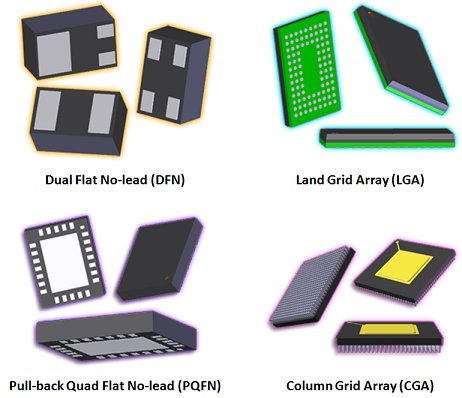As PCB part placements get denser, it’s necessary to add breakaway panels that add additional board material (edge rails) to accommodate the assembly process. Two parallel edges are required for a PCB to be processed in the SMT line. This is to prevent skewing through the conveyor system. Also, all odd shaped PCB’s must have edge rails incorporated to meet this requirement. Custom reflow fixtures will be made, at an additional cost to you, if this requirement is not met. The breakaway tabs remain intact all the way through the assembly process and are removed at the final stage.
V-Grove Score and Tab Routing are two common methods used for creating breakaway tabs. Tab Routing uses perforated breakaway tabs (sometimes referred to as “Mouse Bites”). The breakaway tab closest to the PCB corner should be located between 10 mm and 12 mm from the edge to reduce sagging during reflow or wave soldering. It is also preferred to have at least one tab per side. If the PCB placement is too dense for a Tooling Hole, then it should be placed on the breakaway tab. See Figure 1 for the optimized breakaway tab solution.
One important aspect is to have a clean edge after the breakaway tab is removed. Slight inset of perforation is preferred because it provides an edge which requires little to no additional labor to clean up. Figure 2 illustrates the perforation location preferences.
For more detail: PCB Design Perfection Starts in the CAD Library

